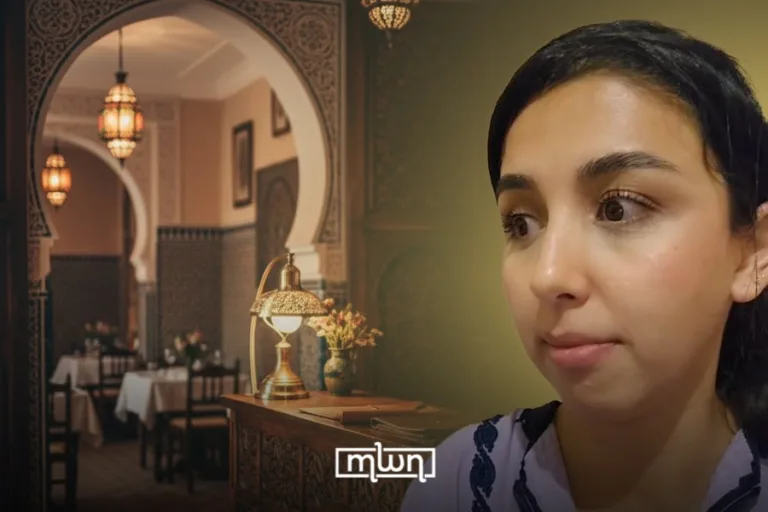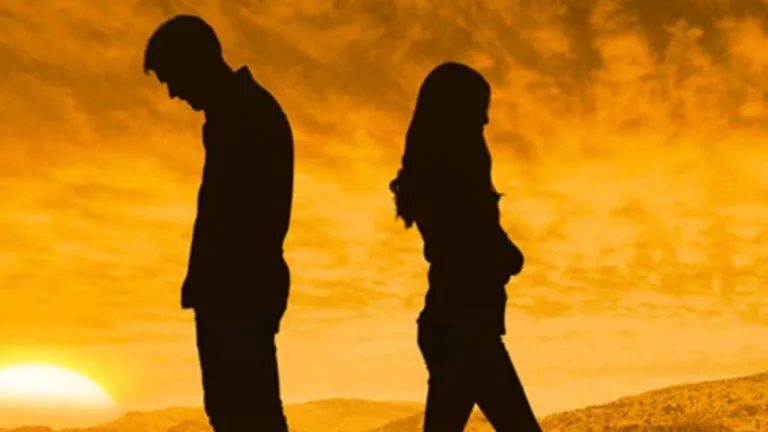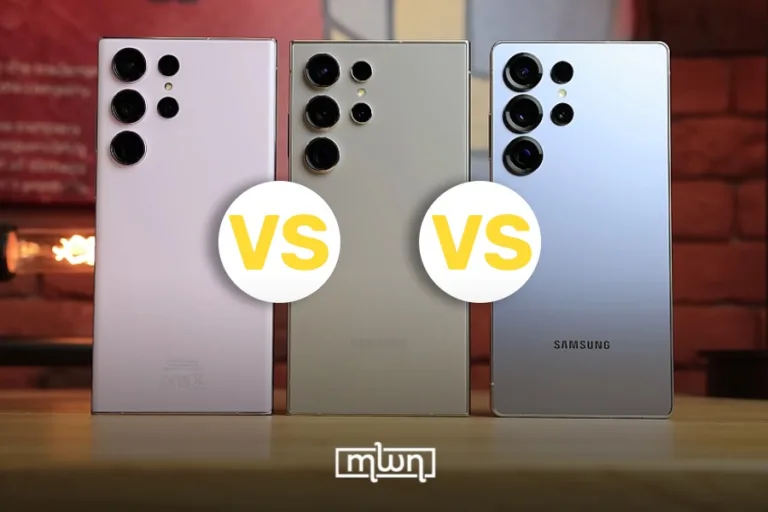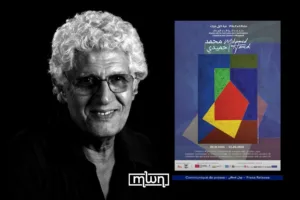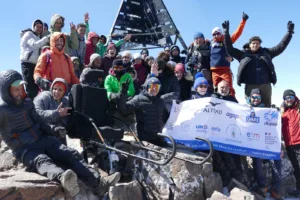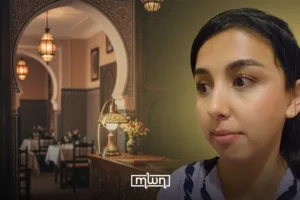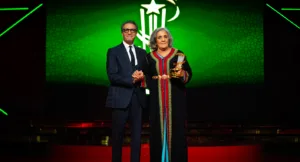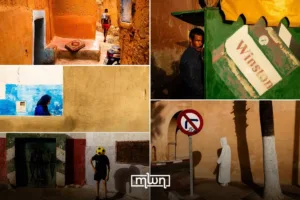Rabat – There was a time when television was our main source of entertainment, not iPads. When flip phones were the ultimate sign of luxury, not smartphones.
We lived in a world that mixed the real and the digital — playing in the street, then rushing home to log onto MSN or watch a cartoon on TV.
We’re the generation that grew up just before the digital world took over entirely — the last to live offline, and the first to live fully online.
Between now and then, there are two different worlds: those of us born in the late 90s and early 2000s – who witnessed the shift – and those who arrived when life was already digitalized.
When fun was offline
From how we played to how we connected, every aspect of life felt different. Games hit differently back then — we were active, full of energy, and nothing could make us tired. We played real-life games like hide and seek, marbles, and elastic band challenges, running around until Mom’s call summoned us home.
Cartoons glued us to the television, especially Spacetoon and MBC3. We waited impatiently for the next episode — no “next episode” button, just pure anticipation.
Saturday mornings were something special. Even though it was the weekend, we woke up early to catch the special shows and cartoons that seemed to make the mornings brighter, like “Barney & friends,” “Lazy town,” and “Dora.”
Even bigger fun came from the animations we watched on CDs and DVDs, each one carefully handled as if it were a treasure, ready to transport us into a world far beyond our living rooms. Our worst nightmare? Scratching the CD and losing the magic forever.
Music, too, had its own charm. We started with cassettes, then came MP3 mini players, letting us carry our favorite tracks everywhere. Back then, there were also TV channels dedicated entirely to music, like Rotana and Mazzika Zoom — but you didn’t choose the songs you wanted to hear; you simply enjoyed whatever was playing, discovering hits one after another.
Before everything went digital, memories were tangible — printed albums carefully tucked on shelves, and photos captured with disposable cameras that made each shot feel deliberate and exciting. There was a thrill in holding a physical picture, knowing it was a one-of-a-kind memory you could touch, share, and revisit again and again.
The dawn of digital life
As the internet started becoming part of everyday life, we began discovering new ways to play and connect. From flip and keypad phones to smartphones, from desktops to laptops — technology was evolving alongside us.
MSN and Skype became the new playgrounds, where friendships continued online after school ended. The thrill of receiving a message notification was unlike anything before — it felt personal, immediate, and slightly magical.
We discovered online games in a different way than kids today. Instead of app stores, we searched on Google: “jeux de filles” or “jeux de voitures”, clicking through simple flash games that somehow kept us entertained for hours.
Unlike today’s instant apps, everything had a slower rhythm. Logging on, waiting for a page to load, or waiting for a friend to reply added anticipation that somehow made every interaction more exciting.
A fully digitalized world
People born in this era, where digital life has taken over, have no idea what life was like without screens. They were born into a world where everything is instantly accessible, always updated, and seamlessly connected. Now, with the rise of AI, a third generation is shaping its way in the world, navigating a reality where the digital and real constantly intertwine.
Even play has transformed. Games that once required running outside and physical energy are now mostly on smartphones, laptops, or gaming consoles. Children still play outside occasionally, but the trend is clear: many meet with their devices in hand, immersed in individual games even while physically together. Multiplayer online games have become a new form of socialization, allowing friends to connect for hours without leaving their screens.
Watching shows and cartoons has changed in the same way. YouTube, Netflix, and other streaming platforms have replaced traditional TV and DVD. The patience to wait for the next episode is gone — with a click, you can scroll through entire seasons, choosing what to watch, when to watch it, and even binge entire series in one sitting.
Music consumption has moved far beyond cassettes and MP3 players. Songs are instantly downloadable; streaming apps like Spotify and Apple Music give access to virtually every track ever recorded, and playlists are endlessly customizable.
Even memories are now captured digitally. Printed albums and disposable cameras have faded into nostalgia. Memories are now captured as selfies, edited with filters, and instantly uploaded to social media. Cloud storage ensures that every photo, video, and moment is saved digitally, ready to be shared, replayed, or forgotten.


